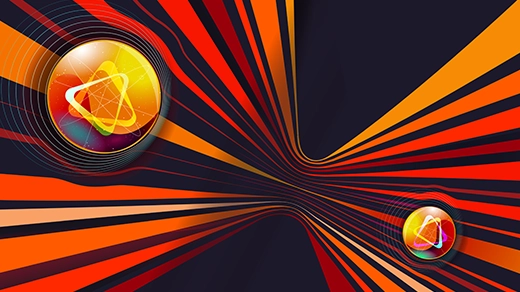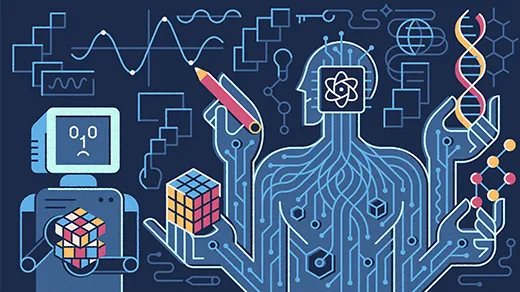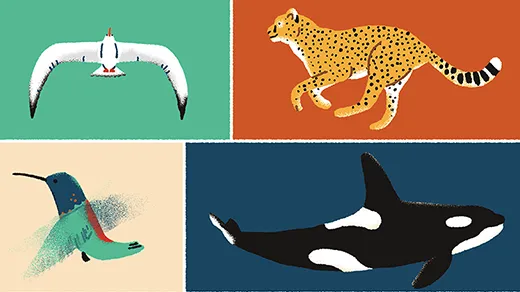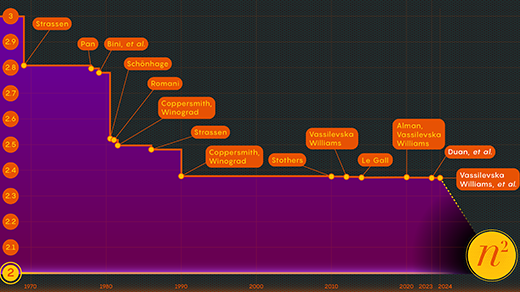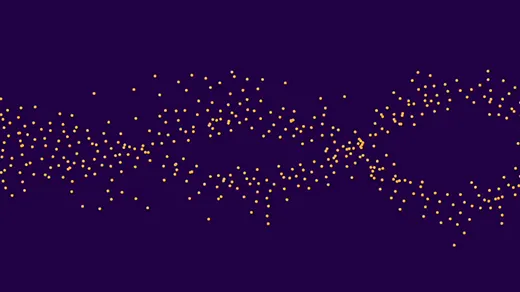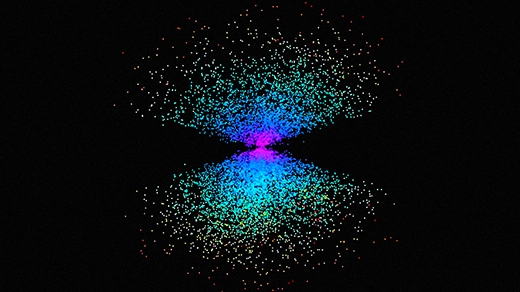Archive
Latest Articles
What Is Quantum Teleportation?
Teleporting people through space is still science fiction. But quantum teleportation is dramatically different and entirely real. In this episode, Janna Levin interviews the theoretical physicist John Preskill about teleporting bits and the promise of quantum technology.
‘The Rest of the World Disappears’: Claire Voisin on Mathematical Creativity
The recipient of the 2024 Crafoord Prize in Mathematics discusses math as art, math as language, and math as abstract thought.
Physicists Finally Find a Problem That Only Quantum Computers Can Do
Researchers have shown that a problem relating to the energy of a quantum system is easy for quantum computers but hard for classical ones.
Tiny Tweaks to Neurons Can Rewire Animal Motion
Altering a protein in the neurons that coordinate a rattlesnake’s movement made a slow slither neuron more like a speedy rattle neuron, showing one way evolution can generate new ways of moving.
New Breakthrough Brings Matrix Multiplication Closer to Ideal
By eliminating a hidden inefficiency, computer scientists have come up with a new way to multiply large matrices that’s faster than ever.
Cellular Self-Destruction May Be Ancient. But Why?
How did cells evolve a process to end their own lives? Recent research suggests that apoptosis, a form of programmed cell death, first arose billions of years ago in bacteria with a primitive sociality.
Elliptic Curve ‘Murmurations’ Found With AI Take Flight
Mathematicians are working to fully explain unusual behaviors uncovered using artificial intelligence.
Fresh X-Rays Reveal a Universe as Clumpy as Cosmology Predicts
By mapping the largest structures in the universe in X-rays, cosmologists have found striking agreement with their standard theoretical model of how the universe evolves.
Mollusk Eyes Reveal How Future Evolution Depends on the Past
The visual systems of an obscure group of mollusks provide a rare natural example of path-dependent evolution, in which a critical fork in the creatures’ past determined their evolutionary futures.
